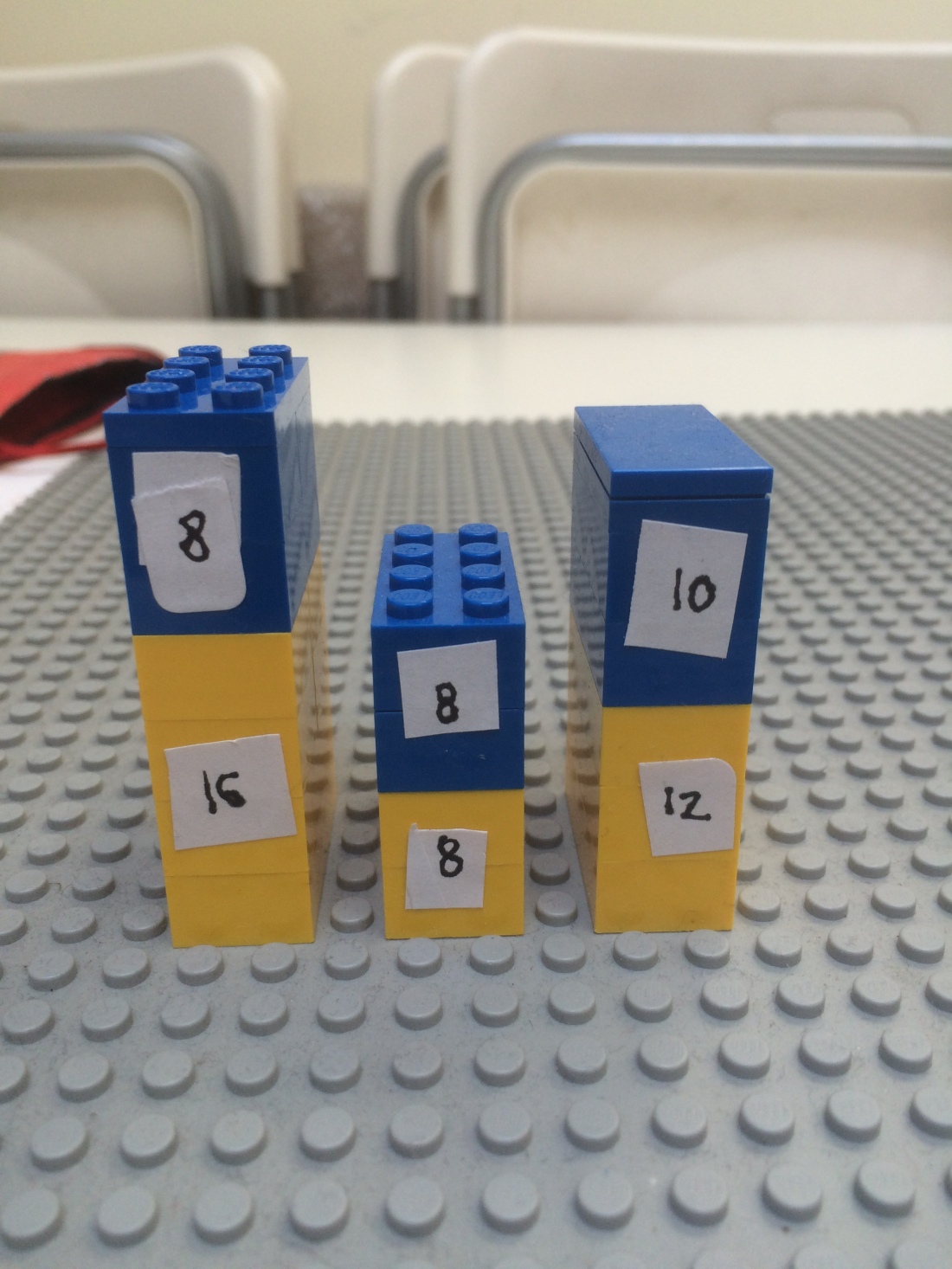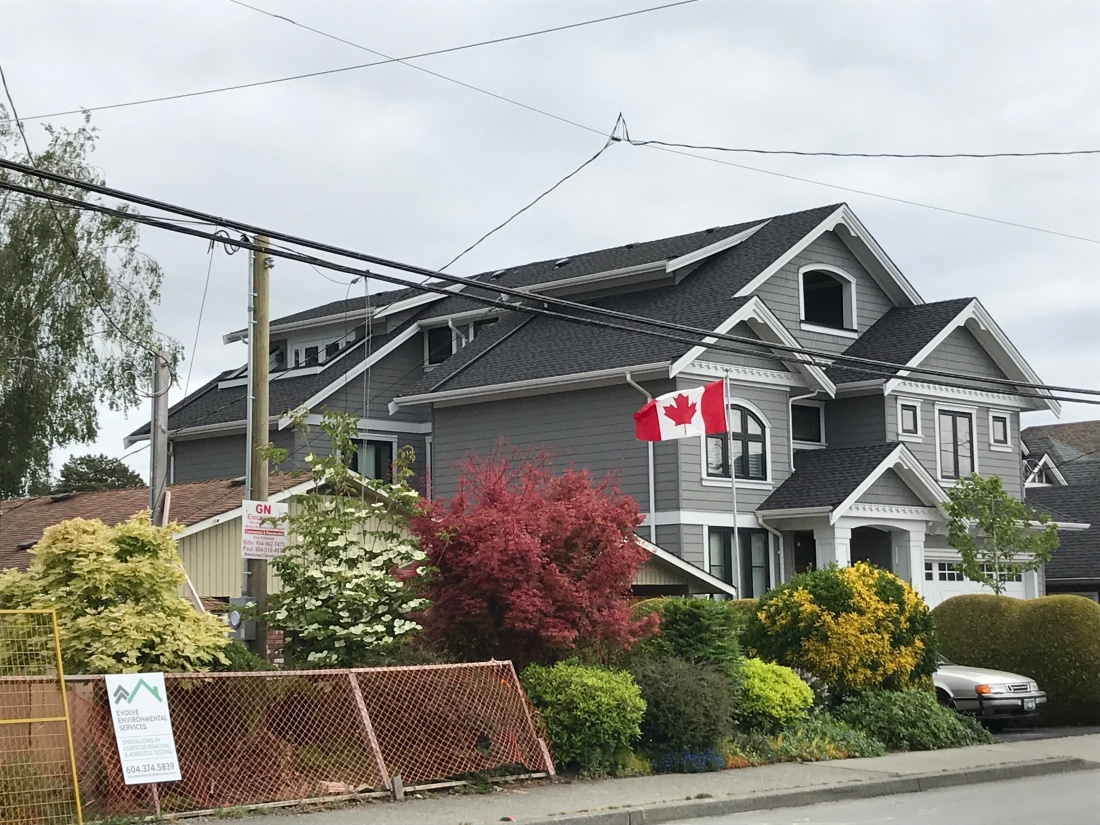This post is in reference to the Sept 26 CBC article “Richmond’s dynamic council battle offsets dull mayoral campaign”
This CBC article acknowledges the dynamism of the council race in #richmondbc, but does a poor job of describing what is at stake in this fight for “change” versus “establishment”. It divides the issues into “hot button” issues and more “traditional municipal issues”. Mansions on farmland, Chinese language signs are described as the hot button issues while “city services” are identified as” traditional municipal issues”. I wonder which category housing affordability would fall under?. The lack of affordability #richmondbc is what got me involved in this municipal election and I think that is a pretty “hot button” issue and claims about how #richmondbc got here and how we can resolve this crisis are pretty “divisive”.
The other comment worth examining in the article is the claim that councillor Bill McNulty’s is a “centrist”. He talks about the role of a municipal council. McNulty says, “When you get to council, you have to represent everyone in the community.” He later goes on to say, we are the fastest growing communities in the lower mainland of people wanting to be here. We have to represent those people coming in and respect them”
IF ONLY Councillor McNulty and many other “establishment” councillors had “represented everyone”, Richmond would be in a much better place and the “establishment” would not be facing a groundswell of opposition to its double speak and platitudes about leadership.
The problem is that divisive issues have been left to fester without the “establishment” having the will to create dialogue between different points of view. When divisive issues are left to fester, what we get is a fractured community and that is what we have in #richmondbc.
In all humility, representing everyone is not an easy job. As a leader you have to find opportunities to create avenues where opposing sides can talk to each other and carve common ground. Leaders also need to create a fair and trustworthy system where important and unimportant people are equally heard and respected.
What I have seen as a resident is far from that.
What we have is a pretense of listening and fairness while almost always siding with status quo and established circuits of power.
This dynamic reminds me of an old colonial practice. Divide and rule: That in my opinion is the real creed in operation through the “establishment” voices.
I know everyone will not agree with me, infact councillor Loo thinks just the opposite. :She believes, “People are generally happy. Life is good. Sewers and sidewalks are operating…..They’re getting what they want.”
Are you getting what you want? Is that all that matters? Getting your way….
Can “Me first” or “You first” yield a fair system? I think it is time to really start thinking about “Me to We” and “us” learning to understand and work with each other.
It is a hard road but one full of promise.


